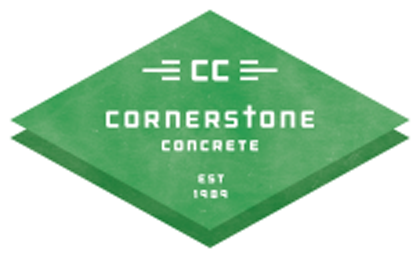- Clean and Wash: Regularly clean your driveway to remove debris and stains, utilizing a power washer for thorough cleaning.
- Seal the Concrete: Apply a protective sealant to the driveway to guard against moisture and debris, extending its lifespan.
- Ensure Proper Drainage: Maintain level ground and adequate drainage to prevent water pooling and ice formation.
- Use Cherry Stone Grit Instead of Salt: To avoid damaging the concrete, opt for Cherry Stone Grit over salt for de-icing.
- Frequent Snow Removal: Remove snow promptly using appropriate tools like plastic shovels to prevent damage to the concrete.
Pouring concrete in the Midwest during winter is like trying to ice skate uphill — a slippery slope of challenges. With Minnesota winters that can freeze lakes solid, trying to cure concrete is like expecting a snowman to sunbathe! You’re racing against the cold in a game where Jack Frost is the referee, making sure every pour is as much about timing as it is about technique. Just like Minnesotans adapt to their ‘cool’ surroundings, savvy construction must adjust its playbook.
What Counts as ‘Cold Weather’ in Concrete Work?
In the realm of concrete pouring, ‘cold weather’ is not just a term for comfort but a technical definition that affects how concrete cures. The American Concrete Institute defines cold weather as a period when the air temperature has fallen to, or is expected to fall below, 40°F (4°C) during the protection period. The protection period is defined as the time required to prevent concrete from being affected by exposure to cold weather. Minnesota’s winters can be harsh, making it essential to adapt your concrete pouring techniques.
Concrete can freeze before reaching a strength of 500 psi, which typically occurs within the first 24 hours. This is why the temperature range and weather conditions are critical factors in planning a concrete pour.
Challenges of Cold Weather Concrete Pouring
Cold weather affects concrete in two main ways:
- Slow Curing: Cold weather can slow down the curing process, risking freezing and cracking.
- Freezing Water: Water in concrete can freeze, expanding by up to 9%, creating internal pressure and reducing durability.
This makes it crucial to protect concrete from freezing until it reaches a minimum strength of 500 psi.
Step-by-Step Guide to Pouring Concrete in Cold Weather
For those in warmer climates with less harsh winters, the steps below are for you! For those Midwesterners looking to replace or repair their driveway from November to March, you are unfortunately out of luck.
Step 1: Site Preparation
Begin with preparing the site by clearing snow, ice, and water, and pre-warming the ground if necessary.
Step 2: Choosing the Right Concrete Mix
Select a mix with air-entraining agents for improved freeze-thaw resistance and set accelerators to reduce the time it takes to reach the initial set.
Step 3: Mixing Considerations
Use warm water to mix concrete to help with temperature management. Ensure that all materials are not frozen and are stored in a warm place.
Step 4: Pouring Techniques
Pour quickly and uniformly to prevent cold joints. Consolidate properly to eliminate voids and ensure close contact with reinforcement.
Step 5: Curing and Protection Strategies
Immediately after finishing, cover the concrete with curing blankets or use a heated enclosure to maintain a temperature above 50°F (10°C) for at least the first 48 hours.
Frequently Asked Questions (FAQs)
Q: How do you know if concrete is freezing?
Concrete is freezing when its temperature falls below 35°F (1.7°C) within the first 24 hours of pouring.
Q: Can you pour concrete in freezing temperatures?
Yes, with the right preparation and protection, you can pour concrete in freezing temperatures.
Q: How long does concrete need to be protected from freezing?
Concrete should be protected from freezing for at least the first 24 to 48 hours after pouring to ensure it reaches adequate strength.
Conclusion
Pouring concrete in cold weather can be challenging, but with the right preparation, techniques, and guidance, you can ensure success. Proper site preparation, mix selection, and curing methods are key. For further assistance or professional help, reach out to Cornerstone Concrete LLC for a free estimate.





